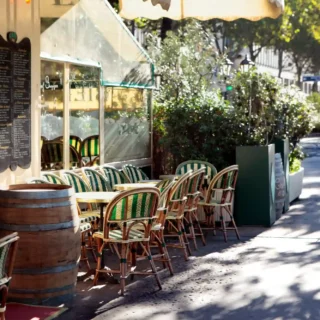The Ritual of Tea: How Matcha Brings Calm to Your Day
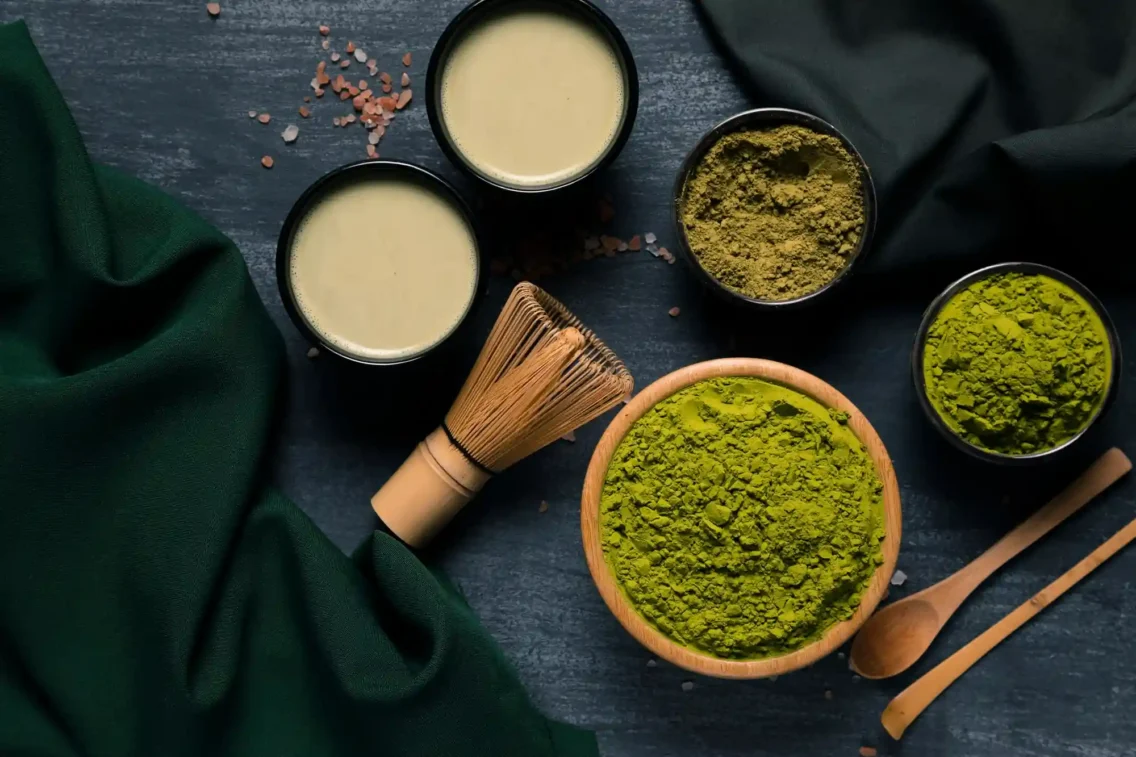
A Cup of Calm
There’s something almost magical about holding a warm cup between your hands. When it comes to matcha tea benefits, the real power lies beyond caffeine; it’s in the calm presence the ritual creates. This finely powdered green tea, made from shade-grown leaves, has been praised for centuries not only for its health perks but also for the sense of calm ritual it invites into everyday life.
Think about it: most of our mornings begin in a rush. Coffee makers beep, alarms blare, phones buzz. We gulp caffeine for fuel, barely tasting it. Matcha offers something different. Instead of rushing, it invites us to pause. To whisk, to breathe, to notice.
Have you ever realized that the smallest rituals, like brushing your teeth slowly, lighting a candle, or making tea, can bring the greatest sense of grounding? Brewing matcha becomes a gentle pause, reminding us to slow down and reconnect with ourselves through a simple daily act.
Disclaimer: This article is for informational and educational purposes only. We are not affiliated with, sponsored by, or receiving any compensation from the brands, links, or resources mentioned in this post. All external references are included solely as part of research to provide readers with additional context. Always consult reputable sources or professionals when making decisions about your health or wellness.
From Ceremony to Ritual: Finding Stillness in Matcha
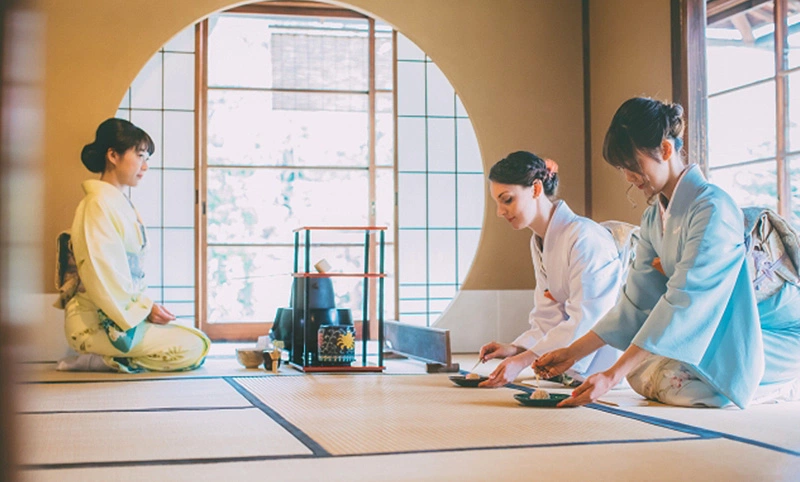
To understand how matcha creates calm, we need to look at where it comes from. This isn’t just another wellness trend; matcha has roots in the Japanese tea ceremony, or chanoyu, a practice developed over 500 years ago.
A Cultural Grounding in Calm
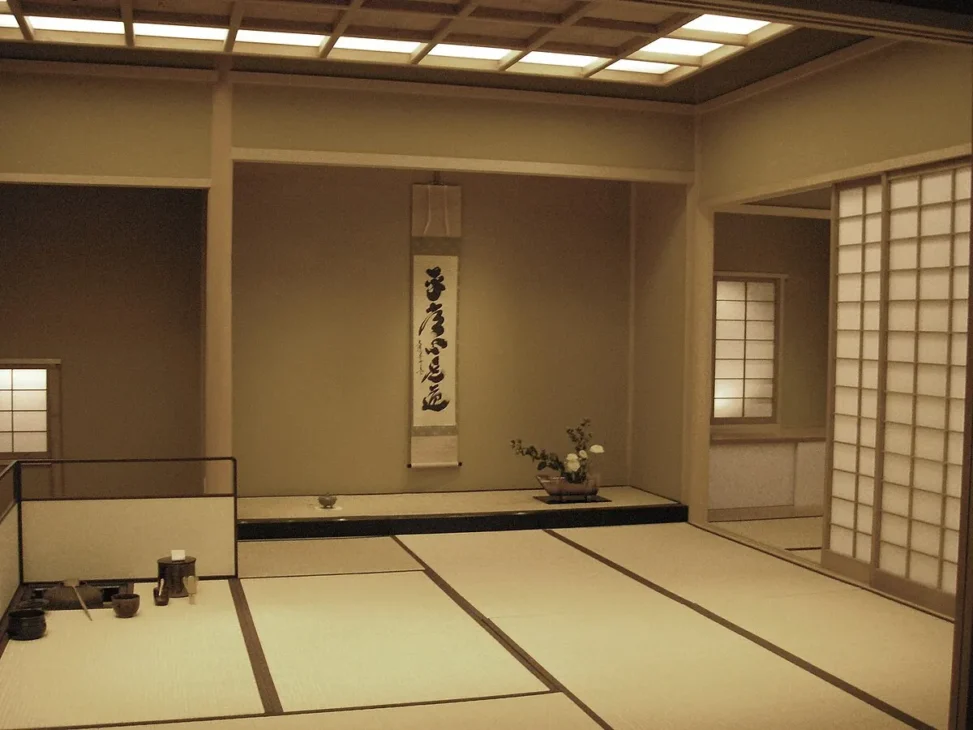
The Japanese tea ceremony is more than drinking tea; it unfolds as a mindful performance where every gesture carries meaning. Movements are slow, deliberate, and filled with respect. From the moment the host enters the tea room, they create a space of quiet presence as guests bow, leaving the outside world behind.
Traditionally, the ritual begins before the tea is even made. Guests walk a garden path leading to the tea house, pausing to wash their hands and mouths at a stone basin as a symbolic act of cleansing. Inside the tea room, the atmosphere is simple: tatami mats, natural light, and carefully chosen seasonal flowers.
Once everyone is seated, the host purifies the utensils in front of the guests: the tea bowl (chawan), the bamboo whisk (chasen), and the scoop (chashaku). Matcha powder is then measured into the bowl, and hot water is added. Using the bamboo whisk, the host whisks briskly until a fine froth appears on top. The prepared bowl is turned with care so the guest can admire its design before sipping. After drinking, the guest wipes the rim, bows in gratitude, and passes the bowl back.
Every step: purification, whisking, serving, receiving, becomes part of a rhythm of respect and presence. The ceremony is not rushed; it’s an intentional slowing down, transforming an everyday act into a shared quiet moment.
The Ceremony Embodies Four Zen Principles
In the tea ceremony, the simple act of preparing and drinking tea becomes a way to live out Zen values in practice. Each stage of the ritual reflects one of four principles:
- Wa (harmony) – connecting with nature and people, reflected in the seasonal flowers, the choice of tea utensils, and the flow of conversation.
- Kei (respect) – honoring both the ritual and each other, seen in the way the guest admires the tea bowl before sipping.
- Sei (purity) – cleansing not just the tools but the spirit, symbolized by carefully wiping the utensils before use.
- Jaku (tranquility) – the ultimate goal, finding peace within and around you as the tea is shared.
The experience is quiet but profound. There is no rush, no multitasking, no distraction—just a shared awareness of the present moment. Monks originally used matcha in ceremonies for meditation, not only to stay alert but also to enter a state of calm focus, where body and mind could align.
This is why the Japanese tea ceremony has endured for centuries. It’s not about the drink alone, but about transforming an ordinary act into an extraordinary moment of presence, connection, and calm.
Bringing the Ritual Home

Of course, most of us don’t have tatami mats or silk kimonos in our homes. But you can still bring the calm essence of the Japanese tea ceremony into your kitchen, weaving it into your daily rhythm just as you would with journaling, stretching, or a slow morning walk.
Try this simple mindful routine:
- Set your tools: A whisk (chasen), bowl (chawan), and scoop (chashaku) if you have them—or simply a mug and spoon if you don’t.
- Pause before you begin: Close your eyes, take a deep breath, and let go of the rush.
- Whisk with focus: Notice how the powder blends with water, creating frothy bubbles on the surface.
- Sip with awareness: Feel the warmth, taste the earthiness, and let each swallow remind you that slowing down is okay.
Even three minutes of mindful preparation can shift you from scattered to centered. It’s like pausing to write a few lines in your journal or chopping vegetables slowly while cooking dinner; the act itself becomes the grounding. Picture trading your rushed commute coffee for a quiet moment at home, where even a few mindful sips set the tone for a balanced day.
Matcha Tea Benefits and Drawbacks: What You Need to Know
Beyond ritual, there are very real, science-backed reasons why matcha feels so different from other drinks. Understanding both the positives and limitations helps you appreciate matcha in a grounded way.
Benefits: Matcha’s Unique Blend of Energy and Focus
What makes matcha stand out isn’t just its history but how it affects the body and mind in everyday life: this green powder has a way of keeping you both calm and alert at the same time.
- Sustained energy without the crash: Unlike coffee’s spike-and-drop effect, matcha delivers a gentler lift. The caffeine works in harmony with L-theanine to provide steady energy that lasts without leaving you jittery or drained.
- Antioxidant powerhouse: According to UCLA Health, one cup of matcha has up to 137 times more catechins (a type of antioxidant) than regular green tea. These help support immunity and fight oxidative stress, which often shows up as fatigue or brain fog.
- Sharpened focus and concentration: Beyond energy, L-theanine helps the brain enter an alpha-wave state often linked to “calm alertness.” This creates the mental clarity needed for creative work, studying, or mindful journaling.
- Metabolism and detox support: Some studies show matcha can gently boost fat oxidation during exercise. While it’s not a weight-loss drink, it pairs well with active, mindful lifestyles.
Here’s a personal example: I used to rely on coffee before big writing sessions, only to end up restless after two hours. Switching to matcha felt like trading in a rollercoaster for a smooth train ride. The energy lasted, the focus stayed, and I felt calmer while working.
Drawbacks: What to Consider Before Making Matcha a Habit
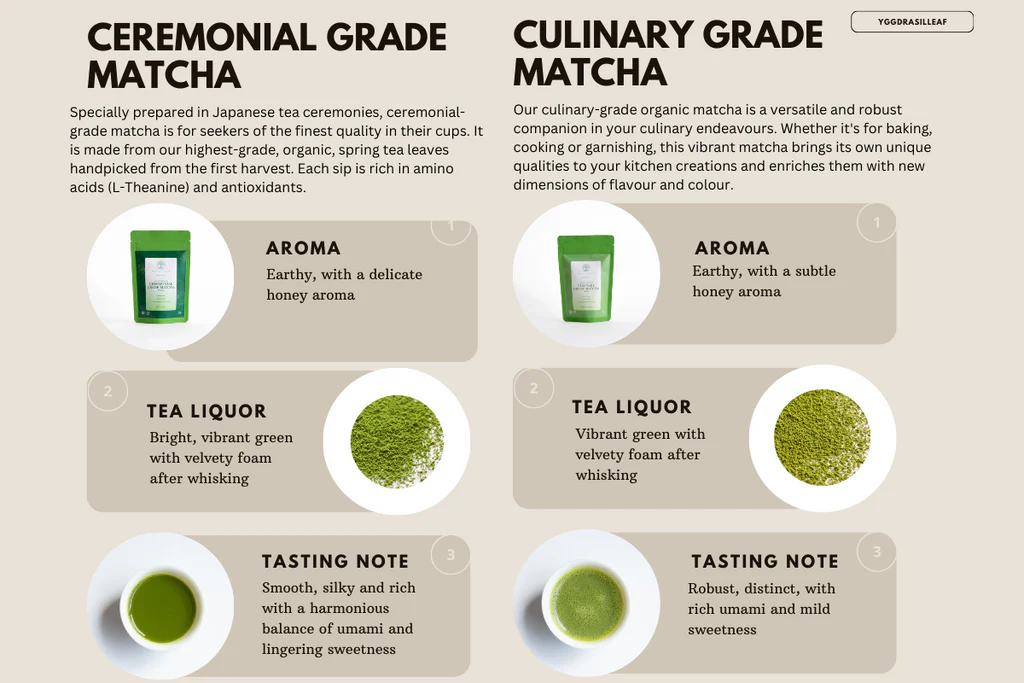
A mindful approach also means knowing the downsides:
- Caffeine sensitivity: If you’re sensitive, even matcha’s smoother energy may cause restlessness or sleepless nights. Start with half a teaspoon and adjust.
- Acquired taste: Quality matcha has an earthy, grassy profile. If prepared with boiling water, it can taste bitter.
- Price point: Ceremonial-grade matcha, the smoothest kind, is expensive. Culinary grade is more affordable but less refined.
- Overhyped claims: Some brands market matcha as a cure-all for stress, weight loss, or even disease. While it supports wellness, it works best as part of a balanced lifestyle.
So, how does this link back to calm? Because drinking matcha is never mindless. You choose your grade, measure carefully, whisk attentively, and drink consciously. That very act of choosing becomes part of your calm.
The Matcha Hype: Culture, Trends, and Timeless Appeal
It’s hard to scroll through Instagram without spotting a matcha latte crowned with foam art or a matcha croissant spilling vibrant green filling. From LA smoothie bars to Paris bakeries, matcha has become a global obsession. But what exactly is fueling this hype?
Modern Wellness Meets Ancient Ritual
In our fast-paced, tech-driven culture, people are desperate for grounding rituals. Matcha offers that balance. Matcha becomes more than a beverage, turning into a daily practice that blends naturally with wellness routines like yoga, journaling, or meditation
Aesthetic Appeal
Part of matcha’s charm lies in its striking appearance. That vivid green color signals freshness and vitality, instantly setting it apart from other drinks. Whether served in a simple ceramic bowl or layered into a latte, its natural vibrancy draws the eye before the first sip.
Health Halo Marketing
Matcha is often marketed as a “superfood,” praised for energy boosts, antioxidants, and skin benefits. While not all claims are backed by science, the narrative appeals to people looking for simple health solutions.
What sets matcha apart is its deep cultural heritage, a tradition that has carried meaning for centuries before trending online. People in Japan have been consuming it for centuries, long before it became trendy. Unlike many wellness fads that fade quickly, matcha endures because it’s rooted in culture and genuine health benefits.
So yes, the hype is real. But the calm and grounding it brings are even more real.
FAQs About Matcha and Tea Rituals
1. Can I drink matcha every day?
Yes. Most people can enjoy one to two servings daily. If you’re sensitive to caffeine, try starting with half a serving in the morning and see how your body responds.
2. What’s the difference between ceremonial and culinary matcha?
Ceremonial grade is smoother, brighter, and best for drinking plain. Culinary grade is slightly more bitter and designed for lattes, smoothies, or baking. Think of ceremonial as like eating smooth dark chocolate on its own, while culinary is more like using cocoa powder in brownies.
3. Is matcha healthier than coffee?
Coffee and matcha serve different needs. Coffee works best for an immediate kick of alertness, while matcha offers a slower, more sustained rhythm that pairs well with mindful routines. If your goal is to stay grounded while staying productive, matcha may fit more naturally into your day.
4. How long does matcha last once opened?
Matcha is best enjoyed fresh. Once opened, store it in an airtight container away from light, heat, and moisture. For peak flavor and nutrients, use within 1–2 months.
5. What’s the best way to prepare matcha at home?
Traditionally, matcha is whisked with hot (not boiling) water using a bamboo whisk until frothy. But if you don’t have the tools, a milk frother, blender, or even shaking it in a jar with warm water works well.
Brewing Balance in Your Own Way
At its heart, matcha reminds us that calm doesn’t always require big changes—it often lives in the smallest daily rituals. The true gift isn’t only in its health benefits but in how it reshapes our pace, giving us a reason to pause and be fully present.
So next time the day feels overwhelming, step aside for a moment. Scoop, whisk, and sip with intention. Let the warmth ease your shoulders, and let the ritual itself remind you that peace can be simple, steady, and close at hand.
Often, it’s in these small sips that the day begins to feel lighter.
